For the EU’s new Arctic envoy, low tension is job No. 1
As the bloc considers a third update to its Arctic policy, climate and security loom large.
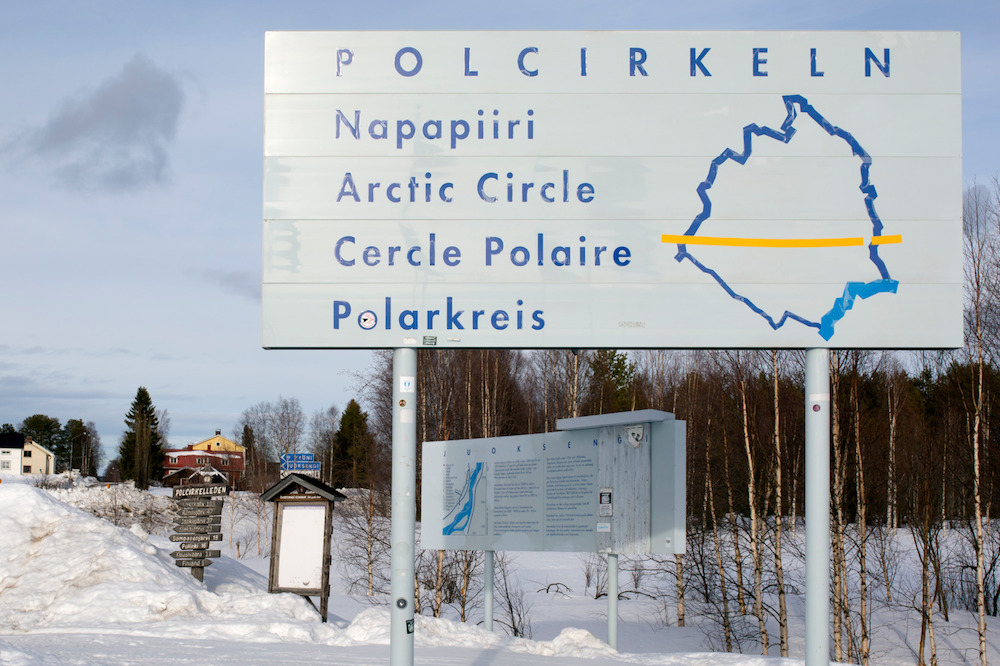
If you have territory in the Arctic, but no one considers you to be a part of the region, are you an Arctic player? In you are the European Union, the answer is yes, according to Michael Mann, the bloc’s new envoy to the region.
“The EU is in the Arctic, and it has long been considered a payer in the region. I think we deserve to be seen as a player. We’re actually quite active.”
Mann, who started in his position in April, readily admits he’s still coming up speed on the EU’s involvement in the region. He also admits that even though he was familiar with EU-Arctic issues before starting in his new position (he is the former EU ambassador to Reykjavík), he was still surprised by the level of European activity in the region.
[The European Union is generally unwelcome in the Arctic. But Brussels is finding that its money is]
Before going further, then, a primer about the EU and the Arctic might be in order. The basics are that of the union’s 28 member states (27 after the UK eventually departs) have Arctic territory. Sweden and Finland are straightforward: both countries have territory in the region. Explaining Denmark’s situation requires a primer of its own, but the reason, in a word, is Greenland. (Read more about those two countries’ past, present and future.)
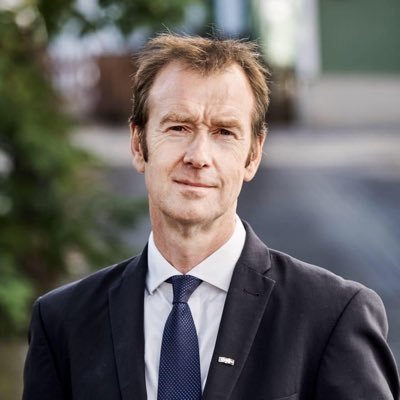
Beyond giving the EU a physical presence in the region, having member states with territory in the region means that EU legislation and regulations apply there. And, as EU affiliates, Norway and Iceland are also affected by decisions coming out of Brussels.
“The EU is a rule-setter,” Mann says. “Our legislation already affects a large part of the region, and our hope is that our rules for things like sustainable development will rub off on other parts of the Arctic as well.”
Eight of the EU’s member states (including the UK) are observers to the Arctic Council. Estonia has announced it will seek observer status the next time the council meets, in 2021; others are rumoured be preparing to do so as well.
[Iceland begins its Arctic Council chairmanship with a focus on observers]
The EU itself, however, is only a de facto observer. While it participates on the same footing as regular observers, and, according to Mann, is and active and welcome contributor to things like the council’s efforts to reduce black-carbon emissions, it has only been invited to take part in the council’s work; regular observers are expected to do so.
Why the EU, which Mann describes as “the great champion of multilateralism,” is officially being held at arm’s length by an organization that is built on the idea of consensus decision-making, despite the bloc appearing to have all the right credentials, illustrates both how easily non-Arctic decision makers can run afoul of people living in the region, and how non-Arctic issues can spill over into the region.
The EU initially requested to become an observer in 2013, together with a host of countries that included China, Japan, India and Italy. While they all got in, dissatisfaction among Inuit over the union’s ban on seal products, led the council, at the request of Canada, to refuse to admit the EU. The council did not consider any new observers at its next meeting, in 2015, but, had it, the EU would likely again have been blackballed, this time by Russia, in retaliation for having been slapped with sanctions after the 2014 annexation of Crimea.
[The EU is poised to take a broader — and more proactive — role in the Arctic]
Since then, the EU has not asked to have its observer status made official. That, as Mann says, has not stopped it from being involved in the council’s work, but, at the same time, it has struck out on a path of its own, holding, for example, its Arctic “stakeholder” meetings, listening sessions in which it sought to identify the research and investment priorities of the people who live in the region.
The aim of such activities, one official said in connection with one such meeting in 2016, was, in part, to show that the Arctic was keen on the EU, even if the Arctic Council wasn’t.
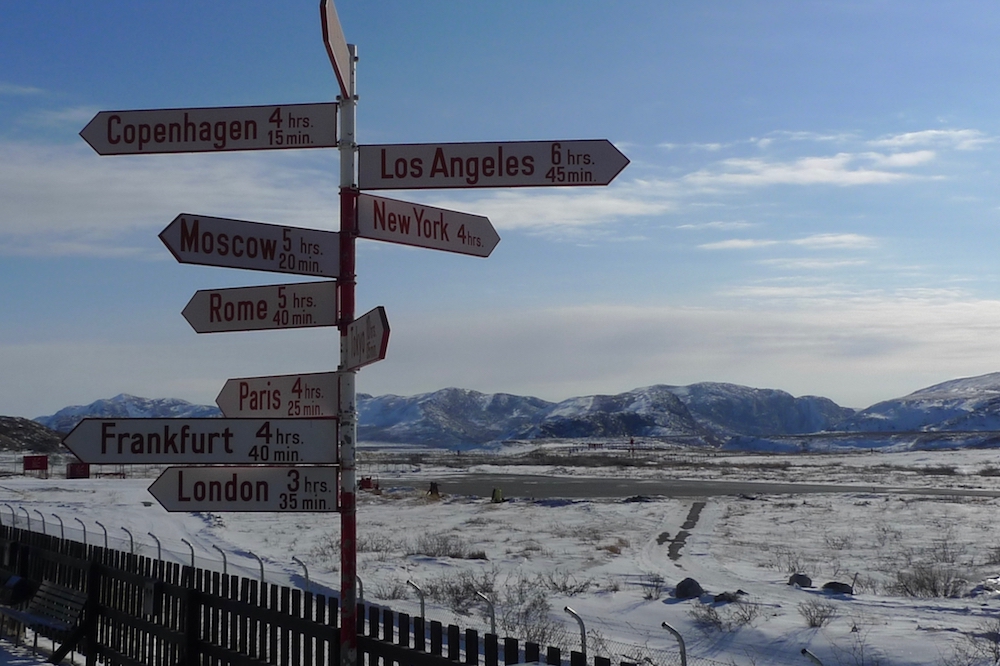
For those who are interested in the region, what the EU is up to is a big deal, but it has never been more than a marginal topic for EU decision makers. That, though, does not mean that it is not taken seriously. The EU is guided by an Arctic policy (or, as it is known in EU parlance, a Joint Communication on ‘An integrated European Union policy for the Arctic’) published in 2008 and since updated twice, most recently in 2016, when climate change and the environment, sustainable development and international cooperation were singled out as lodestones.
But already then the region was taking on renewed significance in national capitals in the region and beyond. So, when the EU’s policy came out without a strong foreign policy dimension, it left some questioning whether the bloc took itself seriously as a player in the region.
[EU seeks input ahead of Arctic policy update]
The next page of the EU’s Arctic book may be a new policy; the European Commission, the union’s executive arm, is reviewing the current policy and is fielding public comments about what it got right in 2016 and what it got wrong. Since the comment period was opened on July 21, some 40 organizations have weighed in. The comment period closes on November 10. Any new policy would likely not be published until 2022.
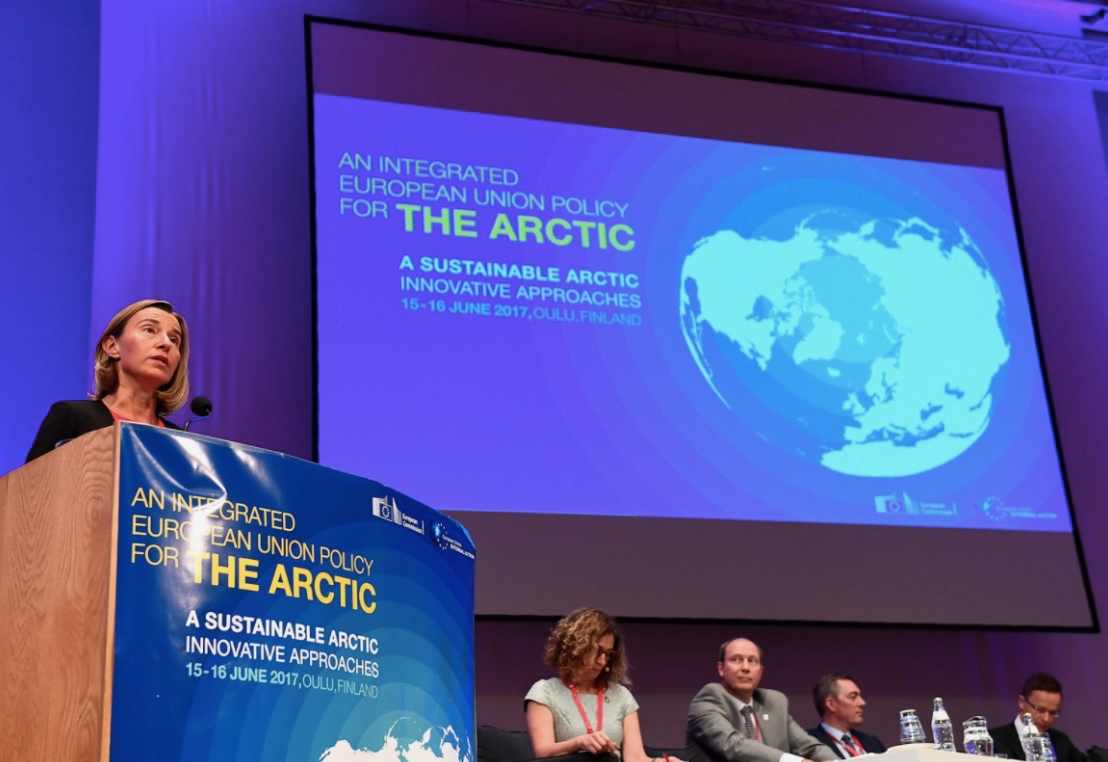
Much about the region, according to Mann, has changed since 2016 (there is vastly more political and commercial interest and people from outside the Arctic are paying greater attention to what goes on there, he says), but neither the EU nor its approach to foreign affairs has, which is why he cautions against expecting that any new version of an EU Arctic policy will be considerably different than what exists today.
Those who want the EU to play a role in the Arctic that is on par with other global powers (think China, Russia, or the U.S.) will continue to harp on what they see as a lack of foreign policy, but, Mann says, this displays a misunderstanding of the EU and how it works.
“Everyone is talking about hard security, and I think it is impossible to ignore what’s going on, but we have to be careful about the things we do. We have certain competencies, and not all of the things that could potentially go into an Arctic policy are the things that the EU can address.”
Foreign policy, he says, is one of them. That competency remains mostly in the hands of individual member states. “Europe” has a single voice when it comes to foreign affairs, spoken by the high representative of the union for foreign affairs and security policy, but any position the union takes reflects the consensus of member states, each with its own interests.
A change may be on the horizon. The current leadership of the European Commission has an ambition of being a “geopolitical commission.” This may show the EU taking a more proactive stance in world affairs, but expect it to reflect its soft-power approach to doing things, and its broad view of what security issues entail, and how they should be addressed.
“We are not hard security providers, and we don’t have anything approaching a European army, so, for us, the idea of security includes things like health issues, environmental issues and search-and-rescue.”
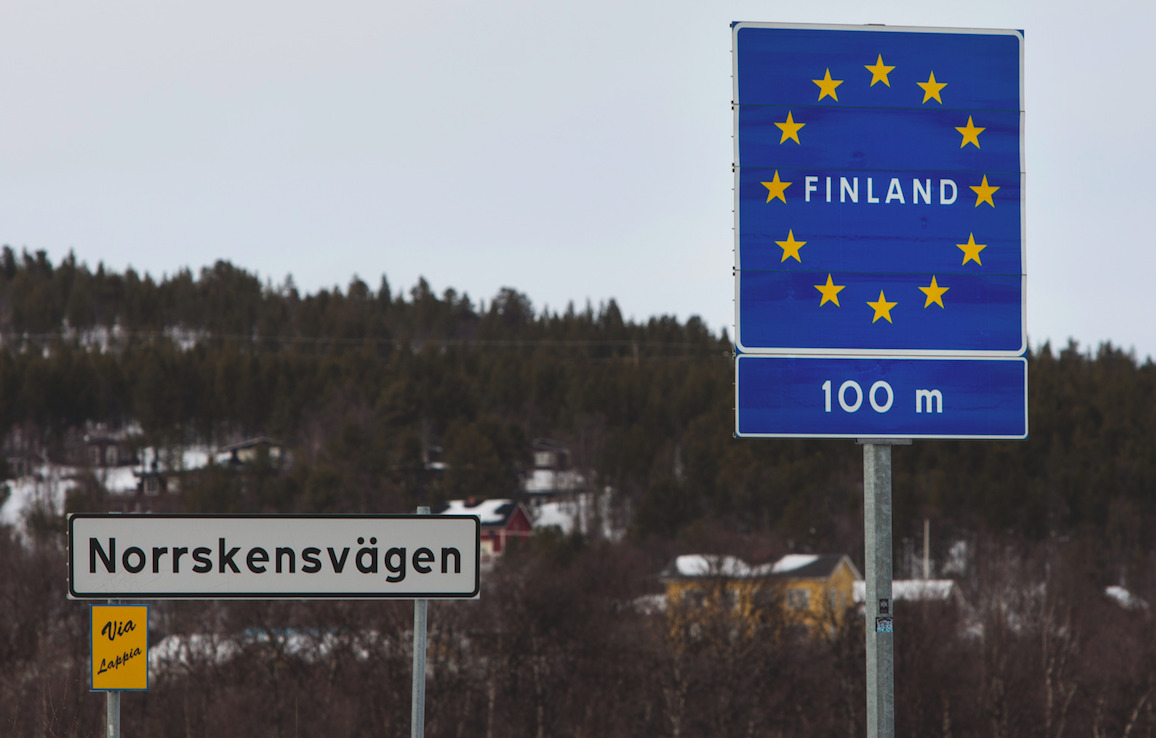
These are also areas, Mann points out, where the EU continues to work with Russia in the Arctic, despite their relationship having fallen apart in other parts of the world.
He doesn’t deny that Russia and China could pose a threat to the West in the Arctic; the jury is still out. Although, if there were some sort of conflict in the Arctic, he reckons it would likely start someplace else and spread to the region. But any talk about Russia and China as threats, he feels, takes energy away from addressing “the real and present danger” the region does face: global warming.
[US defense investments in Greenland infrastructure would keep NATO in, China out and Russia at bay]
That an EU representative should say something like this comes as little surprise. The EU takes global warming very seriously; the seven-year, €1 trillion ($1.2 trillion) budget approved by the leaders of its member states in July links 25 percent of all spending to climate action.
Some of that will go to programs or research that directly affect the Arctic. Most will not. But both will benefit the region, according to Mann, and that only supports the EU’s case when it says it has a role to play in the region, he argues.
“We can address climate change directly in the Arctic, and we are, but the source of global warming isn’t in the Arctic, so if we really want to have an impact on the Arctic, we need to slow down the process elsewhere. We do our work in the Arctic, and we do our work outside the Arctic, and both are relevant for both areas. The saying, ‘what happens in the Arctic does not say in the Arctic’, is a cliché, but there is some truth to it; global warming and climate change are not isolated to individual parts of the globe,” he says.
And what happens in the EU, he might add, should not stay in the EU.
Earlier this year, Ambassador Mann and Terkel Petersen, a senior official with the European Union’s foreign service, discussed the topic of the EU and the Arctic with Michael Sfraga of the Wilson Center, a U.S. think tank. ⬇️